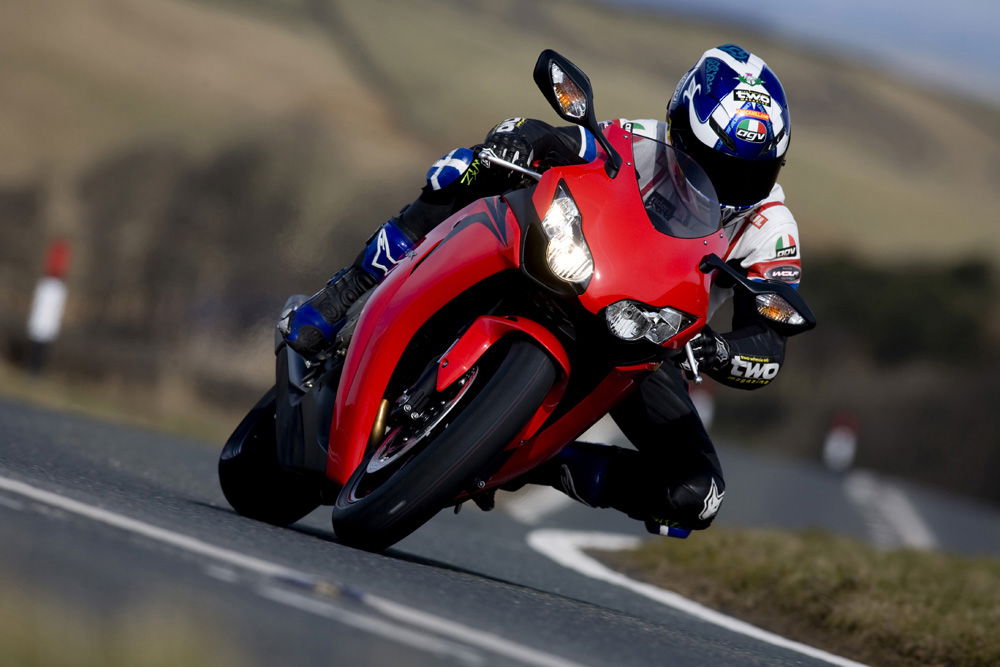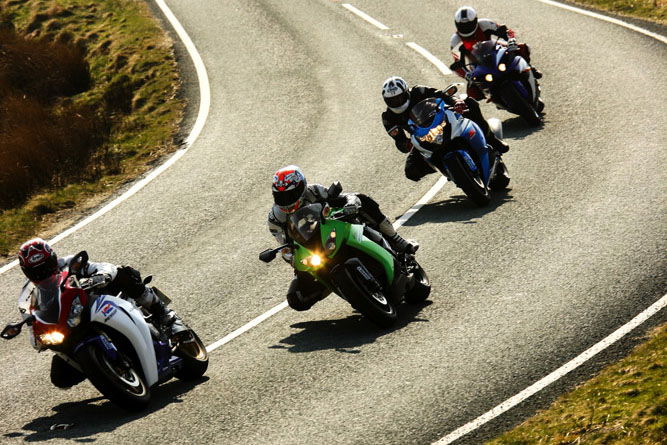The perfect road riding lines
Middle of the road or gutter to kerb? Here's how to get your lines sorted and keep it swift, smooth and safe out on the public highway


Your line on a circuit can be distilled down to a series of braking, turn-in, apex and exit points linked together. It's the same on the road, but different. There are far more variables to be assessed and positioned for on the road, and it's that positioning that largely determines your line.
In some cases those lines are similar to track lines; in others they're markedly different. And the line for any given corner can vary - what's right one day may not be right the next, depending on what hazards present themselves. Be ready to adapt, be flexible.
"Your line is a compromise between the best view and the biggest radius you can squeeze through a bend," says Rapid Training's Gary Baldwin. "Everybody knows where they're supposed to be - for a left-hander you're supposed to be over to the right and for a right-hander you're supposed to be over to the left - but it's having an understanding of why you're doing it that counts. A rider who's done track stuff generally understands why they're doing it on the road and can understand the compromises you have to make."
There are other differences too. "My road lines are totally separate to my track lines," says Niall Mackenzie. "My track lines work for me because I'm riding harder, braking harder and turning harder. That works the suspension to give me the steering geometry I want. On the road the bike isn't worked as hard so it feels completely neutral, doesn't want to turn as quick, and isn't as accurate. Compared with the track I often find I'm all over the place on the road."

